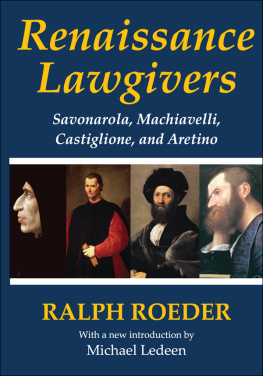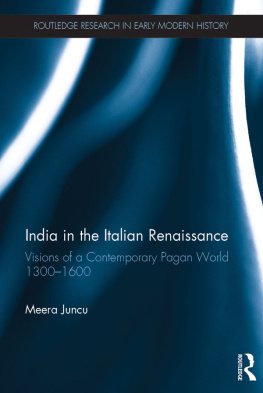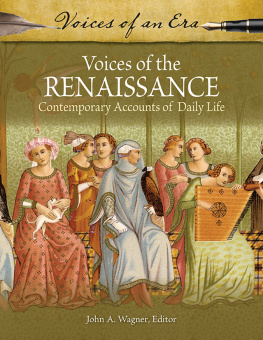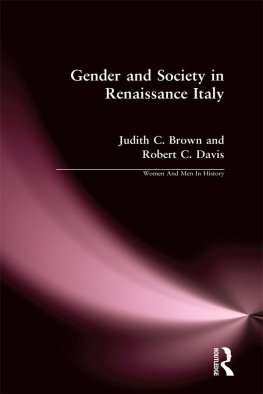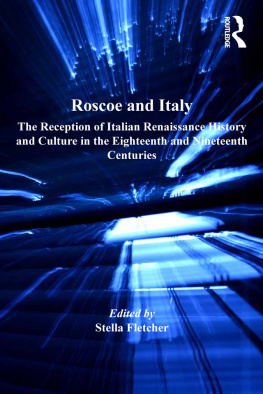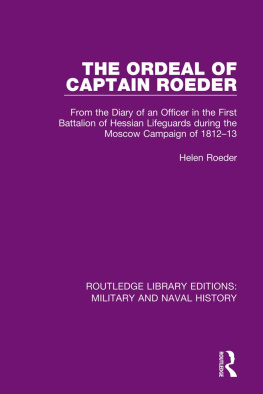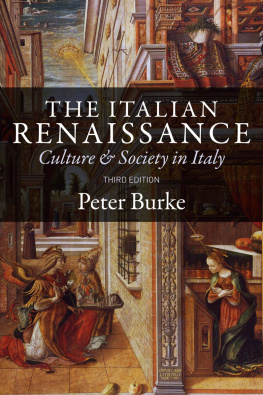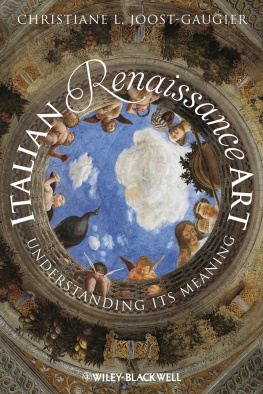Ralph Roeder - Renaissance Lawgivers: Savonarola, Machiavelli, Castiglione and Aretino
Here you can read online Ralph Roeder - Renaissance Lawgivers: Savonarola, Machiavelli, Castiglione and Aretino full text of the book (entire story) in english for free. Download pdf and epub, get meaning, cover and reviews about this ebook. year: 2012, publisher: Routledge, genre: Detective and thriller. Description of the work, (preface) as well as reviews are available. Best literature library LitArk.com created for fans of good reading and offers a wide selection of genres:
Romance novel
Science fiction
Adventure
Detective
Science
History
Home and family
Prose
Art
Politics
Computer
Non-fiction
Religion
Business
Children
Humor
Choose a favorite category and find really read worthwhile books. Enjoy immersion in the world of imagination, feel the emotions of the characters or learn something new for yourself, make an fascinating discovery.
- Book:Renaissance Lawgivers: Savonarola, Machiavelli, Castiglione and Aretino
- Author:
- Publisher:Routledge
- Genre:
- Year:2012
- Rating:4 / 5
- Favourites:Add to favourites
- Your mark:
Renaissance Lawgivers: Savonarola, Machiavelli, Castiglione and Aretino: summary, description and annotation
We offer to read an annotation, description, summary or preface (depends on what the author of the book "Renaissance Lawgivers: Savonarola, Machiavelli, Castiglione and Aretino" wrote himself). If you haven't found the necessary information about the book — write in the comments, we will try to find it.
The Italian Renaissance culminated between the years 1494 and 1530. The figures examined in this classic volume illustrate four key figures representing the moral life of the period. The usual picture of that period is one of exuberant energy and positive achievement. Roeder reminds us that it was also one of moral travail and misery. Its triumphs are preserved in art, its reverses in its spiritual story. Both were the product of the same source: the periods spiritual vitality. The book is written with a sharp eye for detail, and no less, a keen appreciation of what made the Italian Renaissance a gold mine in ideas no less than in art and literature.
In the broadest sense, the Italian Renaissance can be described as one of those crises in cultural affairs that bursts accepted codes and allows for the free expression of instinct and experience in human conduct. Roeder notes that such special moments are not accomplished without resistance or completed without reaction. In Italy, the struggle was peculiarly acute because of the high civilization achieved and the intense individualism it generated. It was a period in which unbridled individualism came face-to-face with civilization and a cherished humanity.
The brief period of 1494 to 1530 marked the pinnacle of the Italian Renaissances artistic development and the crisis of its religious, political, and social disintegration. In the lives of the four protagonists examined in this period, Roeder traces how they complemented as well as conflicted with each other. These four lawgivers sought to deal with the lawlessness of nature and its emphasis on chance and freedom, as well as the need to master the physical world and the life of the spirit. They did so by the uses of intelligence, by appeals to the moral compass embodied by the law, and in the spirit of nationalism and patriotism. This is an unusually provocative effort written on a large canvas of four larger-than-life figures.
Ralph Roeder: author's other books
Who wrote Renaissance Lawgivers: Savonarola, Machiavelli, Castiglione and Aretino? Find out the surname, the name of the author of the book and a list of all author's works by series.

